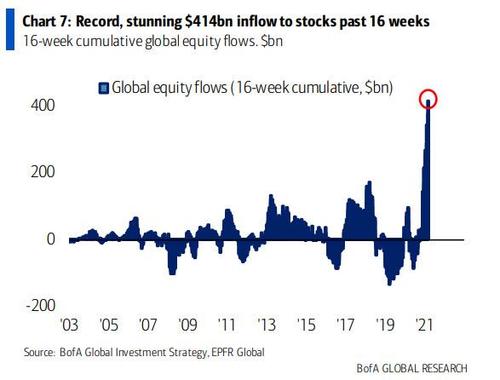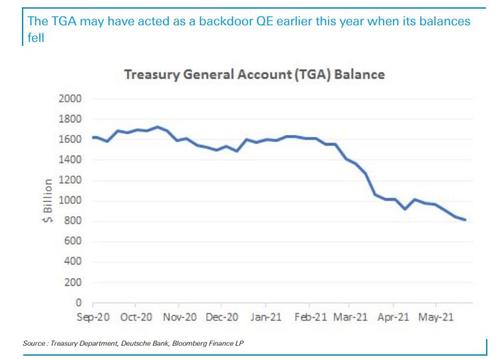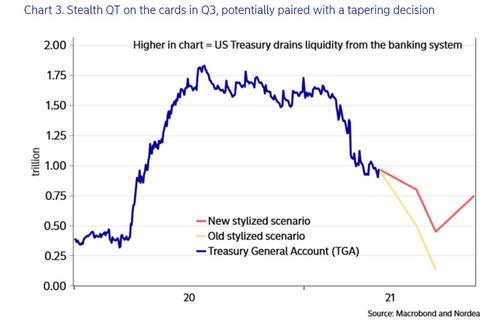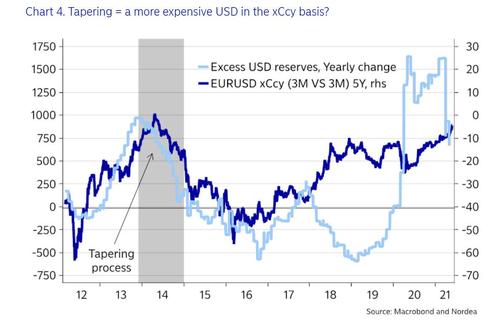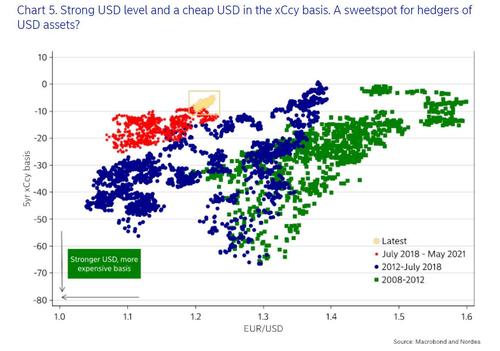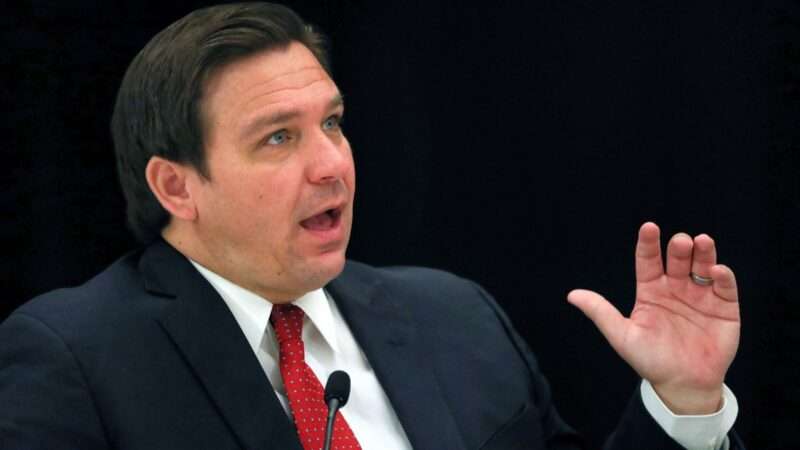
With “Amtrak Joe” at the helm, America’s premier passenger rail service is going for broke with the release of its 15-year “Corridor Vision.” The company’s plan, which was published yesterday, calls for service improvements along 25 existing routes, the creation of another 39, and the expansion of service to 160 new cities across the country.
To bring this vision into reality, the for-profit Amtrak is asking for $75 billion in new federal funding and the power to enforce the prioritization of its own passenger trains’ movement on tracks owned by private freight rail companies.
“Now is the time to invest in our country’s infrastructure and future,” said Amtrak CEO Bill Flynn in a press release. “New and improved rail service has the ability to change how our country moves and provides cleaner air, less traffic and a more connected country.”
Prior to the pandemic, Amtrak was receiving roughly $2 billion in federal subsidies each year. The Coronavirus Aid, Relief, and Economic Security (CARES) Act in March 2020 gave the company another $1 billion in bailout funds. The American Rescue Plan, passed in March 2021, gave it another $1.69 billion.
President Joe Biden, a longtime booster of Amtrak, has proposed spending $80 billion on the company as part of his $2.3 trillion American Jobs Plan. Republicans have proposed a more modest $46 billion for passenger and freight rail, or $22 billion above current spending levels, in their latest infrastructure proposal.
Besides the price tag, both parties’ infrastructure plans are pretty light on the details of how this money would be spent, however.
“Right now, in the infrastructure debate, we’re not really talking about what we’re going to build and what benefit that is supposed to provide. We’re two sides bidding on top-line dollar amounts,” says Marc Scribner, a senior transportation policy analyst at Reason Foundation, the nonprofit that publishes this website. “Amtrak releasing this [plan] yesterday is them trying to get politicians to focus on discrete priorities and real-world implementation.”
In a Wednesday letter to Congress, Flynn laid out four specific asks to lawmakers.
These include creating a “Corridor Development Program” that would use exclusively federal funds to establish new Amtrak routes and subsidize their early operation. Without that program, states would be expected to cover some of those costs.
Flynn has also asked Congress to create a “Passenger Rail Trust Fund” to provide the company with dedicated multiyear federal funding, similar to how the federal government funds highways. Currently, federal subsidies to Amtrak are approved on a year-by-year basis.
Amtrak also wants Congress to give it greater powers to expand its operations onto privately-owned “host railroads” and to sue railroad owners who don’t sufficiently prioritize passenger trains over freight rail trains.
About 70 percent of the miles Amtrak trains travel are on these privately owned freight railroads, according to the Association of American Railroads. Opening up new routes, as the Corridor Vision calls for, would see Amtrak run even more trains on these privately-owned tracks, where they’d potentially be displacing lots of freight traffic.
“When Amtrak is talking about expanding service, they’re not talking about building parallel track,” says Scribner. “Whenever we’re talking about Amtrak service expansion, the other side of that is freight rail service degradation.”
Scribner notes that private, profitable freight rail companies also transport tonnage with far lower emissions than trucks. Should more passenger rail service lead to more freight being shipped on highways, that would count against Amtrak’s own goals of more environmentally-friendly transportation.
Instead of opening up even more money-losing routes around the country, Scriber says Amtrak should focus its efforts on improving service in the Northeast Corridor, where it owns much of the tracks it uses and where it actually competes with intercity air and bus travel.
That they’re loath to focus on that goal, and instead push for more routes to cities outside the Northeast Corridor, has a lot to do with politics. After all, why would a senator vote to fund a rail service that doesn’t run through her state?
“Amtrak’s primary customers aren’t the riders, they’re the politicians in Congress,” says Scribner. This latest $75 billion Corridor Vision reflects that.
from Latest – Reason.com https://ift.tt/3fvShI1
via IFTTT


